STAEDTLER's history -
idea incubators for centuries
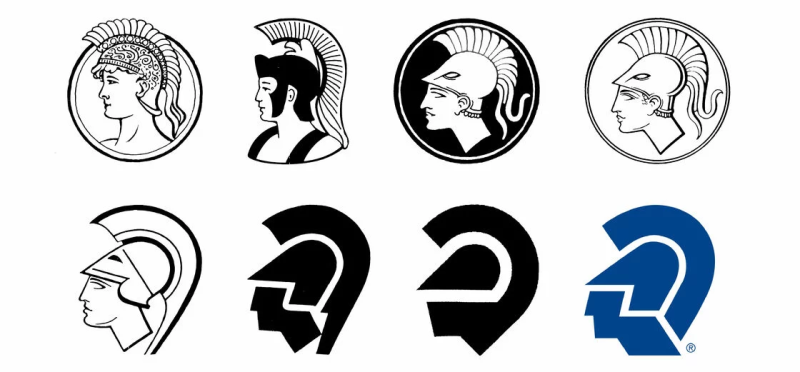
The Mars’ head has a long tradition at STAEDTLER, although its appearance has changed over time. Today, the blue Mars head is not only STAEDTLER’s
logo and trademark, but also a symbol of inventiveness, creativity and inspiration. Above all, it stands for the courage to make ideas a reality. Friedrich
Staedtler and his great-great-grandson, our founder Johann Sebastian Staedtler, revolutionised the manufacturing of pencils and coloured pencils, back in the
17th and 19th centuries.
_____________________________________________________________________________________________________________________________________
A pencil producer rewrites history
Friedrich Staedtler manufactured and sold wood-cased pencils in the second half of the 17th century. The special thing about it? He produced both the lead
and its sheathing. He started his own pencil-making business in Nuremberg. Friedrich Staedtler is now regarded as the first German pencil maker to be
mentioned in writing.
Friedrich Staedtler
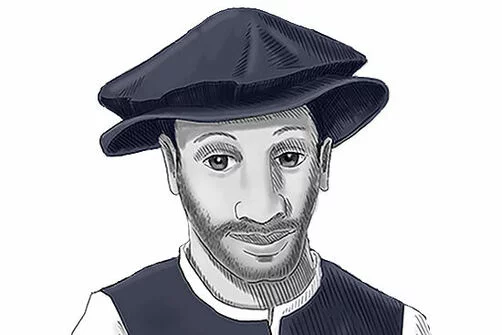
Friedrich Staedtler was born as the son of a gold and silverware worker in Nuremberg and was
christened on 17 November 1636.
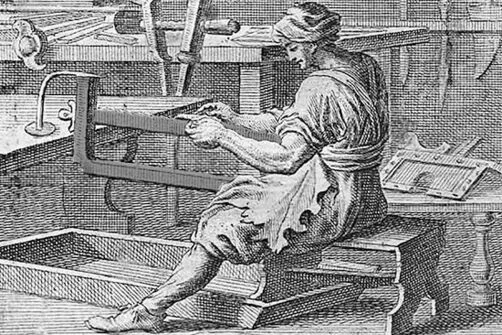
Friedrich Staedtler worked as a grocer. From
around 1662, he produced wood-cased pencils with
graphite leads himself - to the dismay of
Nuremberg carpenters and gunsmiths. Despite a
production ban from the Nuremberg Council,
Friedrich Staedtler stuck to his idea. The copper
engraving shows the workshop of a "lead cutter"
(which we now call a "pencil maker") in the 17th
century (copper engraving by Christoph Weigel the
Elder, from the beginning of the 18th century).
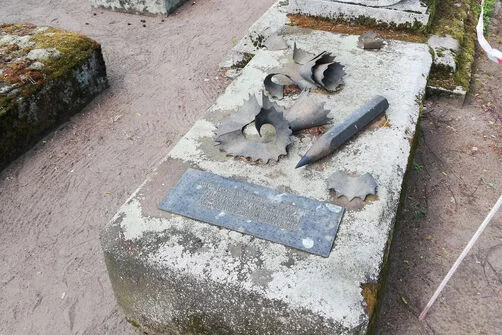
Friedrich Staedtler understood himself to be a lead-
pencil maker (1662) as well as a lead cutter and
pencil maker (1664), as we know today, thanks to
the christening books of his first two children.
Friedrich Staedtler finally achieved economic
success in 1675, when he was granted citizenship
of the imperial city of Nuremberg.
_____________________________________________________________________________________________________________________________________
The invention of the coloured pencil
Johann Sebastian Staedtler, the great-grandson of Friedrich Staedtler, had already begun manufacturing a new type of pencil in 1834. He succeeded
in improving the standard red chalk pencil so that it “can be sharpened to the finest point straight away”, enabled fine line thicknesses, and adhered better to paper. Through his innovation, Johann Sebastian Staedtler went down in history not only as a pencil manufacturer, but also as the inventor of the wood-cased
coloured pencil based on oil and chalk. In 1835, Johann Sebastian Staedtler laid the foundation for the STAEDTLER Group today.
Johann Sebastian Staedtler
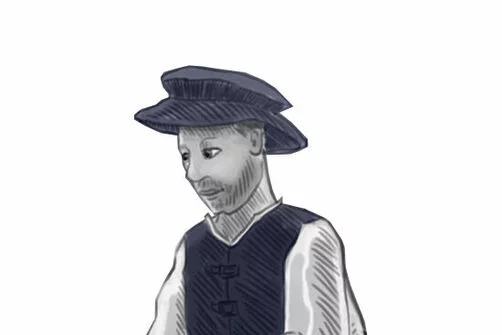
Johann Sebastian Staedtler was born in 1800 as
the son of the Nuremberg pencil manufacturer
Paulus Staedtler and learned how to make pencils
and red chalk pencils. Ambitious and ultimately
successful, he worked on industrially manufacturing
crayons based on oil pastels. The red chalk pencils
known up to that point covered a colour spectrum
from light, dark to purple-red or reddish brown.
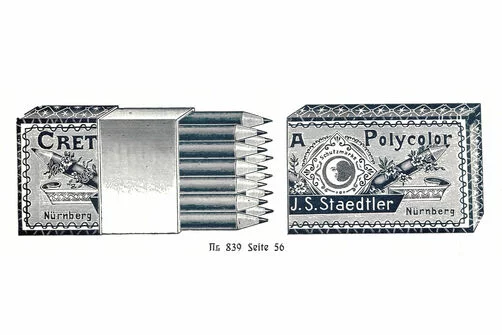
In 1834, Johann Sebastian Staedtler published his
development of a wood-cased - for the time
being - red coloured pencil, which could be
sharpened and made an impression with its
consistent colour and hardness. The production
process, in which other colour pigments were later
also mixed with binders, ground and dried in the
oven, was his idea. It transformed Johann
Sebastian Staedtler into the pioneer of a product
that changed everyday life for many - an idea that
made colourful waves.
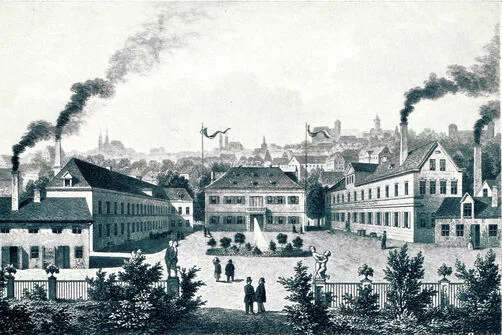
The idea was to go into series production quickly.
Johann Sebastian Staedtler was granted
permission to open a factory on 9 October 1835.
First, his company "J.S. Staedtler" improved the
red chalk pencils, as well as the original pencils.
From 1844 at the latest, coloured pencils in other
colours also went into production. It was the birth of
the coloured pencil as we know it today.
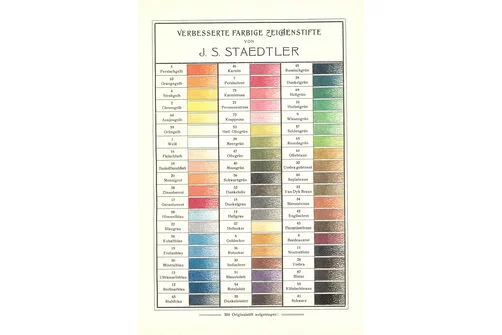
In the first catalogue dated 1860, J.S. Staedtler had
already launched its coloured pencils under the
product brand "Creta Polycolor", which featured
100 different colours, such as "English Dark Red",
"Sea Green" or "Azure Blue".
_____________________________________________________________________________________________________________________________________
Nuremberg Ideas Hub
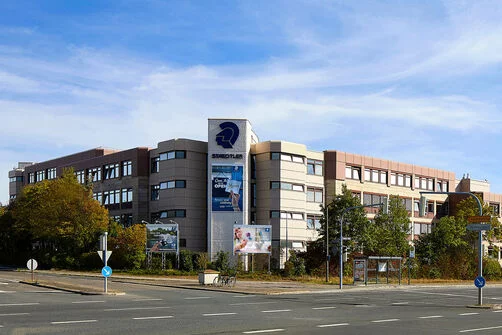
Nuremberg is the cradle of STAEDTLER. From
here, product innovations such as the "Creta
Polycolor" brand coloured pencils went beyond the
gates of the Franconian city, and from the 1850s
also the neighbouring European countries.
Nuremberg remains STAEDTLER's headquarters
to this day.
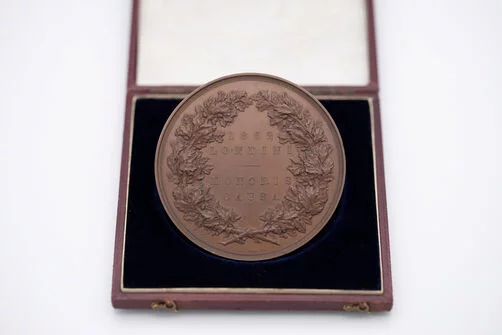
In 1853, J.S. Staedtler exhibited at the New York
World's Fair - to great success. Just a few years
later, the quality German products were
appreciated in Austria, France, England, Italy,
Russia, America and the Middle East: 54
employees produced more than two million pencils.
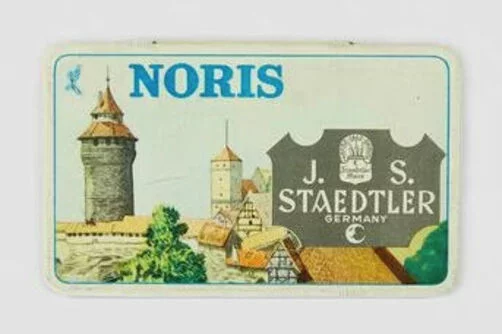
The city of Nuremberg, with its well-known
panorama, has been STAEDTLER's main location
for almost 200 years. It is also found in the name of
a well-known brand: STAEDTLER's Noris pencils
honour the city's common nickname.
_____________________________________________________________________________________________________________________________________
Ideas that become everyday companions
In the middle of the 19th century, having a coloured pencil at home was still a phenomenon. Today, it has become a loyal companion that inspires people of all ages and at every stage of life. STAEDTLER now offers a wide product range that constantly focuses on new ideas. STAEDTLER also produces “Made from Upcycled Wood” coloured pencils from even the smallest wood residues. Some classic pencils have acquired cult status over the years, such as the Mars Lumograph pencil, the Noris pencil and the Lumocolor markers. Ideas become products. A few STAEDTLER milestones:
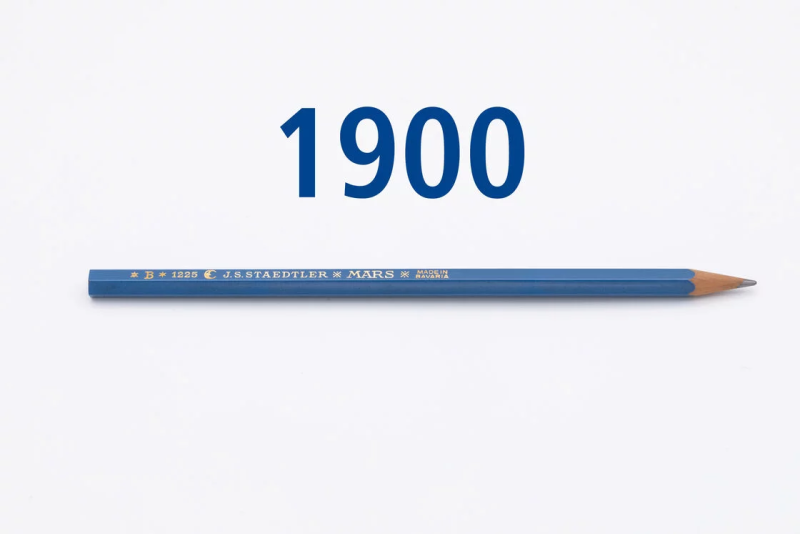
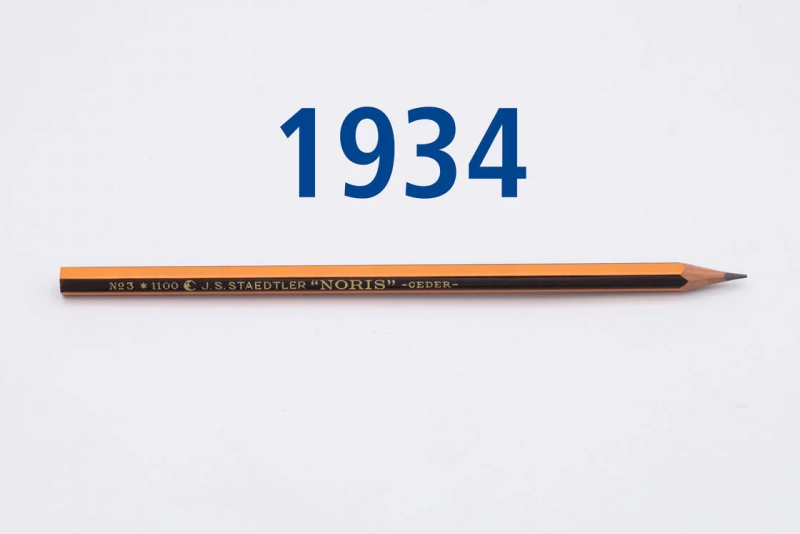
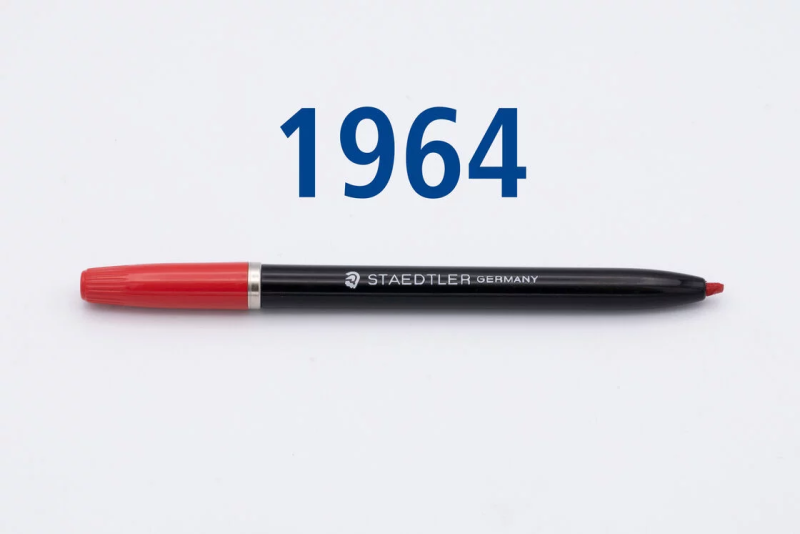
Classic Mars blue:
STAEDTLER registers the “Mars” brand in winter – the beginning of an era.
World-renowned branding:
the Noris pencil gets its iconic striped pattern in yellow and black.
A real everyday hero:
the first Lumocolor rotating pencil, incl. lead, is added to the product range.
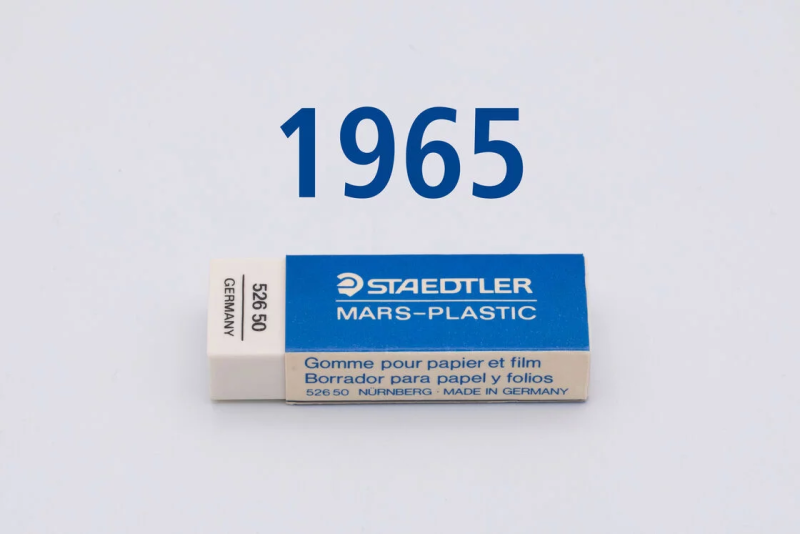
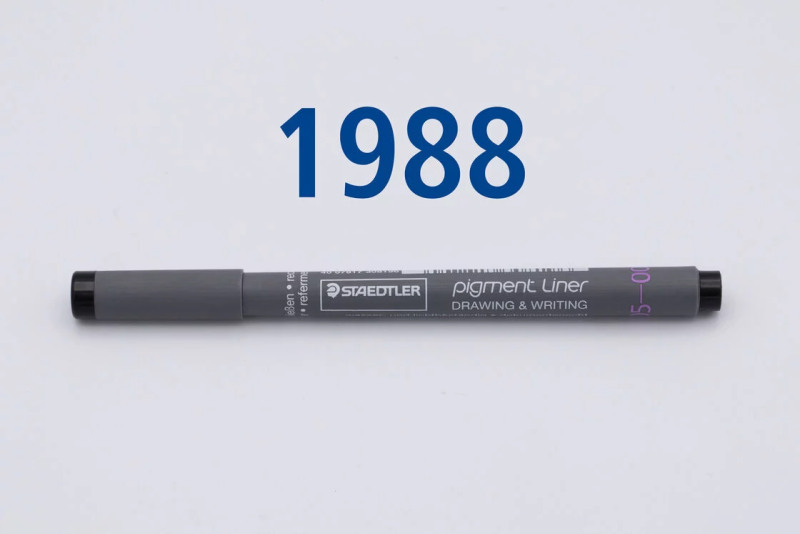
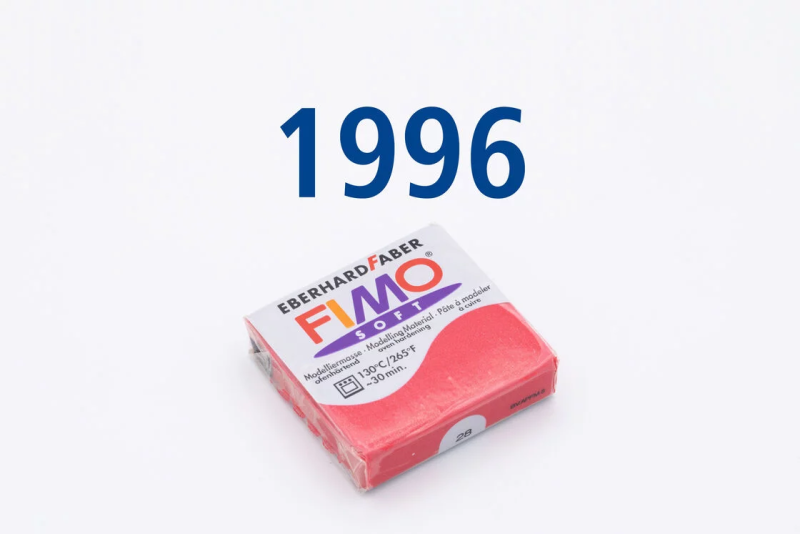
All white:
the new Mars palstic eraser removes unwanted strokes in no time.
For extra fine and precise lines:
the Marsgraphic pigmentliner 308 conquers the market.
Even softer:
FIMO soft is the new modelling clay for both children and creative souls.
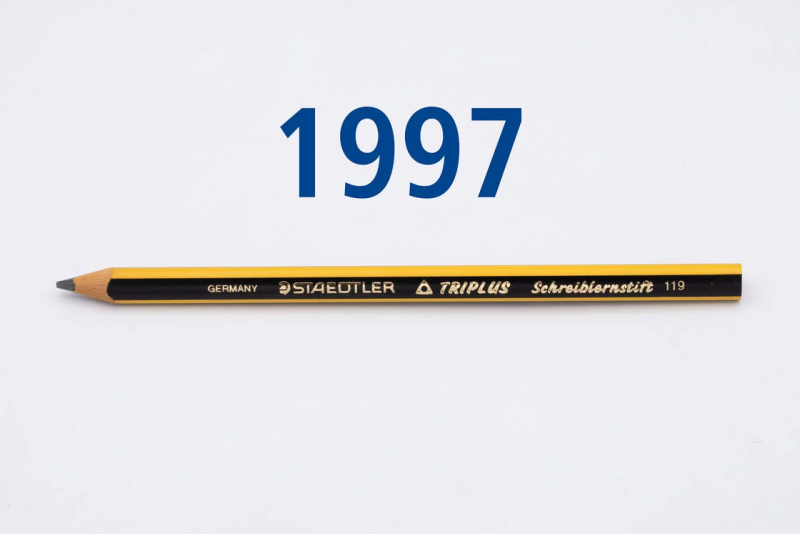
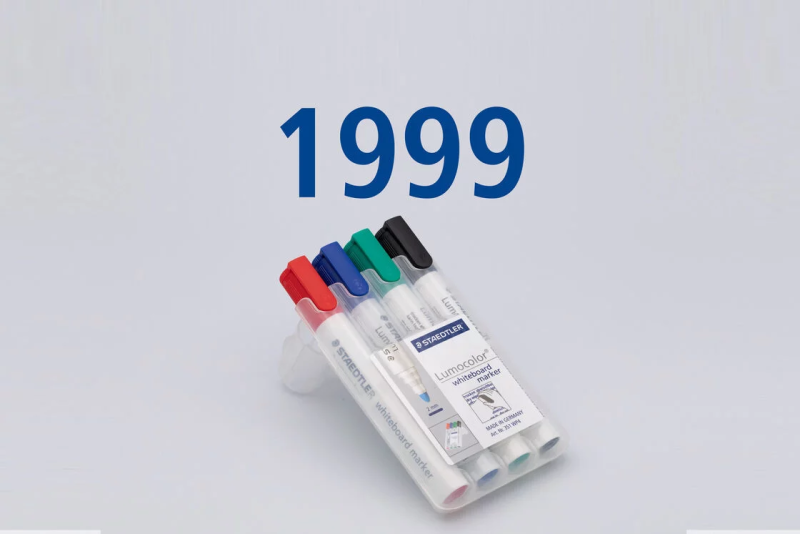
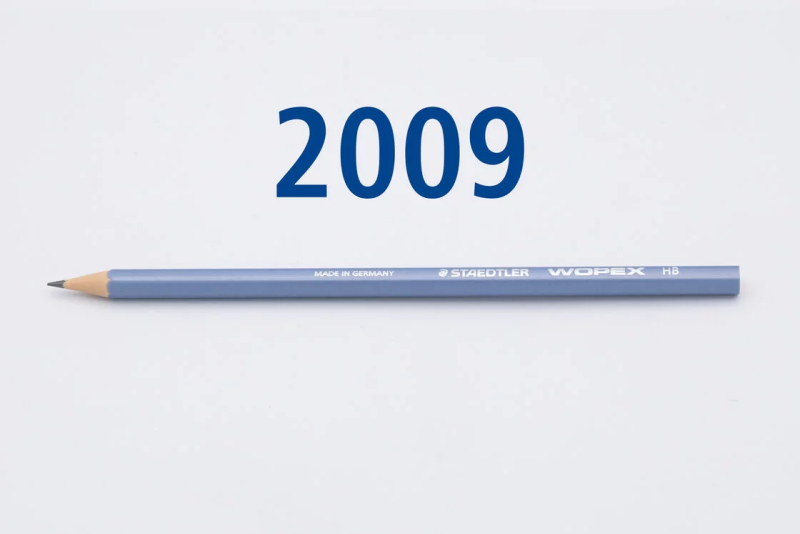
The beginning of something big:
the ergonomic triplus triangular pen is presented.
A new home:
the STAEDTLER box, a packaging innovation, puts the product in the spotlight.
Future proof:
the first Wopex pencils are produced in a new manufacturing process.
_____________________________________________________________________________________________________________________________________
Ideas made from FIMO
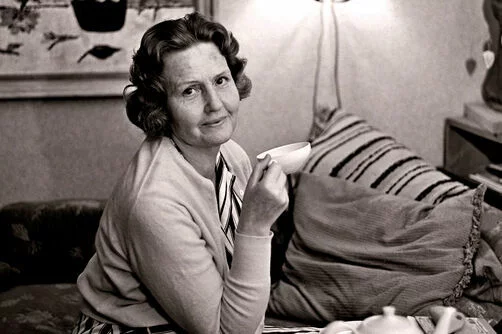
Ideas don't just need pen and paper. From 1939,
Sophie Rehbinder-Kruse, daughter of the famous
doll-maker Käthe Kruse, tried a new modelling clay
for doll heads. In 1954, she finally launched an
easy-to-form, oven-hardening modelling clay in
unprecedented quality, under the name FIMOIK.
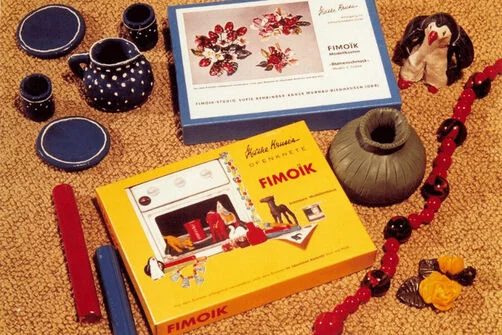
Shape, model and create objects according to your
own ideas: all of this was suddenly achieved with
FIMOIK, which was available in various colours.
From 1964 onwards, the clay, which set the sky as
the limit for creativity, was sold under a new name
by the Neumarkt stationery manufacturer "Eberhard
Faber", and thus, FIMO was born.
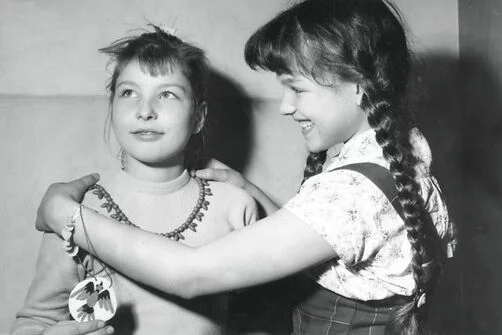
In 1978, STAEDTLER acquired Bavarian company
Eberhard Faber GmbH, and therefore also all rights
to the modelling clay. STAEDTLER has been
selling them under its own trademark since 2009.
FIMO is now available as an oven-hardening and
air-drying modelling clay. This offers even more
opportunities to shape your own ideas.
_____________________________________________________________________________________________________________________________________
Ideas for the future

The future needs good ideas. And STAEDTLER is constantly coming up with them. Whether it's Dry SAFE technology, sustainable packaging or pencils made from Upcycled Wood... We create ideas that make our products more sustainable, efficient and durable.
